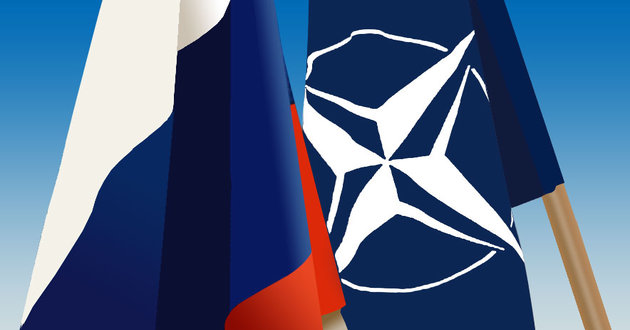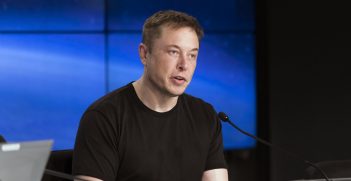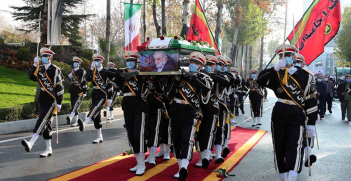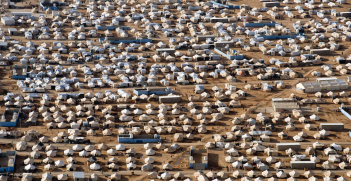Potential New Dangers Emerge in the U.S.-Russian Standoff

The United States and Russia entered a new and more dangerous phase of their pseudo-Cold War this week.
On the surface, it might appear the opposite. Just as U.S. President Barack Obama tried to reassure Europeans on the frontline with Russia that NATO would be there to support them, Russian President Vladimir Putin threw out an expertly timed proposal to defuse the crisis in eastern Ukraine and even compelled Ukrainian President Petro Poroshenko to claim a cease-fire agreement had been achieved after a phone call with the Russian leader.
The reality of the situation is that Russia is trying to impose on Kiev and its Western backers yet another frozen conflict on the Russian doorstep, one that Moscow will use to demand respect from a still-defiant United States on the contours of a Russian sphere of influence. In just under three weeks, Russian-backed forces blunted a deep Ukrainian thrust into separatist strongholds. Though Ukrainian forces had plenty of political support from the West, the United States and its NATO partners had much more to risk in putting boots on the ground than did Russia, which was barely cloaking the heavy armor and personnel pouring across the border.
This rapid turnaround on the battlefield had two main purposes. The first was to assert Russian military power and convince the West that Moscow would not be afraid to use it in spite of the economic consequences. The second was for Moscow to use its military gains to make it appear that the West was utterly irresponsible in trying to wrest Ukraine out from Moscow’s shadow. Now, by dangling an ambiguous cease-fire before the Americans, Russia is essentially telling the United States that to defeat Russia it must fight Russia directly, knowing that NATO is loath to engage directly with the Russian military. And if the West is still unwilling to confront Russia in a direct military conflict, then Russia is quite ready to make a deal.
That deal goes well beyond a cease-fire. Russia wants its buffer in Ukraine recognized and respected, along with sanctions lifted so it can get on with repairing its economy. And with winter approaching, Russia also has the means to turn the screws on Europe’s natural gas supply at the same time it holds a clear military advantage on the Ukrainian battlefield.
But the United States is not about to back down completely in the face of Putin’s maneuver. Obama arrived in Estonia on Wednesday with a message of commitment, loyalty and security for any country threatened by Russia. To reinforce that message, NATO will attempt to breathe new life and purpose into the institution by creating a 4,000-strong rapid-reaction force capable of deploying at 48 hours’ notice to Eastern European countries on the frontline with Russia. This will not amount to the permanent force that these countries are hoping for, but it is a structural reorientation of NATO’s mission to stare down Russia once again after a nearly 25-year hiatus. Military exercises to get this message across will follow, and Obama himself provocatively said Wednesday that the door to NATO would remain open to new members, hinting at Ukraine, Georgia and Moldova. Even if the United States cannot get a unanimous NATO vote to admit these countries, with or without the Europeans, the United States will continue to exploit other means to integrate them into a U.S.-backed defense alliance against Russia.
This, of course, will draw a Russian response in the form of military exercises and redeployments on the western frontier, all while Ukraine remains a useful battleground for Moscow to pressure Kiev. However, this confrontation will not be limited to Ukraine. The key for Russia will be to demonstrate to the West that Russia is not afraid to resort to the unthinkable, even the irrational, in pushing back. Russia announced Wednesday that its strategic nuclear forces will be holding large-scale strategic missile exercises in September. Putin over the weekend also told a youth forum, “I want to remind you that Russia is one of the most powerful nuclear nations. This is a reality, not just words.”
Many will initially dismiss Russia’s rattling the nuclear saber, but taking a page from its Cold War playbook, Russia could, as an example, arrange to have U.S. technical intelligence pick up the movement of tactical nuclear warheads, allow for a couple of newspaper leaks impossible to trace back and deny, deny, deny. This would be a signal that no U.S. leader could dismiss. We have no evidence to suggest Russia is planning such steps, but we suspect that the nuclear threat is an option that Putin is closely evaluating and one that would certainly give the United States pause.
This article was originally published by Stratfor Global Intelligence. It is republished with permission





